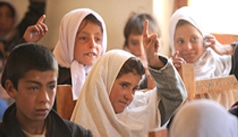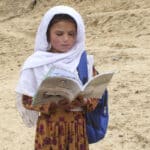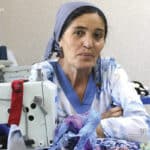COVID-19 Emergency Relief: Creating impact where it’s needed most
When COVID-19 hit Central Asia in early April, the situation quickly escalated into a crisis. CAI responded quickly. We were in touch with our overseas partners daily to identify the most pressing needs of families and communities we’ve long served. Recognizing their vulnerability to the pandemic’s impacts, we moved fast to put together emergency programs to address food insecurity, the lack of PPE, and financial support for teachers who were suddenly without a salary when schools closed. We also worked to develop distance learning programs for children stuck at home with no access to books, computers, or the internet. New forms of support were put into place and existing ones modified to allow us to respond to the crisis at hand while staying true to our mission. All this was possible thanks to the steadfast support of our donors who showed extraordinary compassion and generosity at a challenging time.
Food packs feed thousands
Throughout the world COVID-19 has taken away jobs and income. Workers who rely on day labor to buy food for their families are especially vulnerable to food insecurity and hunger. We assembled ration packs with enough cooking oil, rice, sugar, lentils, salt, and black tea to help feed a family of seven for 15 days. To date 4,000 food ration packs have been distributed to impoverished families in the areas we serve.
PPE protects frontline workers
The lack of personal protective equipment was a huge issue from the start. We assembled hundreds of PPE kits containing an N95 mask, gloves, shoe covers, a body cover, goggles, and sanitizer, and distributed 340 PPE kits to health facilities. Another 9,250 surgical masks, 4,250 pairs of gloves, 425 bottles of sanitizer, and 912 extraction kits went to first responders.
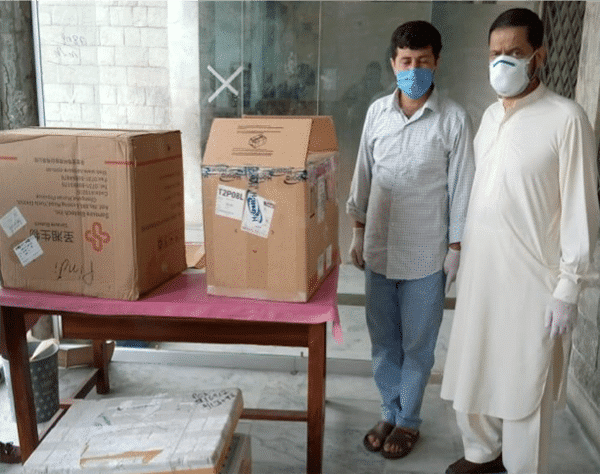
Salary support helps teachers and non-teaching staff pay rent and buy food
When the schools closed, teachers, support staff, and guards were suddenly without a job and without a paycheck. With COVID emergency funds we were able to pay the salaries of 188 teachers and 29 non-teaching staff members from 60 schools for the remainder of the school year (through May 2020). The 60 schools are located across six districts in areas served by CAI and our partners.
Better hygiene and sanitation when schools reopen
Looking to improve the conditions at schools once they reopen, we’ve taken advantage of empty buildings to make repairs and add facilities. Workers have repaired 24 washrooms and built 38 new latrine stalls. Access to hand-washing facilities is needed now more than ever to curb the spread of the virus when classes resume.
Children learn via radio and social platforms
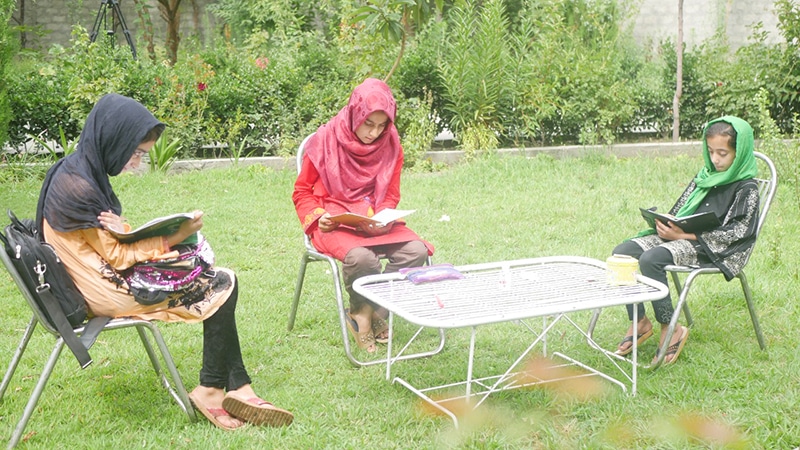
With schools closed and no clear indication of when it will be safe for them to reopen, children are at serious risk of falling behind in their studies. Of particular concern is a pattern seen in other disasters wherein girls who are unable to attend school for an extended period of time are less likely to re-enroll when classes resume. One way to prevent girls from dropping out is to keep the pattern of education and learning going.
Towards this end, CAI sponsored a distance-learning radio program that ran for six weeks, ending this summer. The program was broadcast on radio as well as shared on Facebook, YouTube, and other social platforms. The curriculum was designed to increase literacy and math skills for students in grades 1-3. Educational games focused on general knowledge and famous personalities; quizzes on health and hygiene added to the fun.
The radio program targeted 400,000 students ages 5-9 years. It consisted of 30 total episodes, with two subjects covered per episode. A similar distance-learning format with 40 episodes covering six subjects is planned for grades 4 and 5.
Printed materials help children learn at home
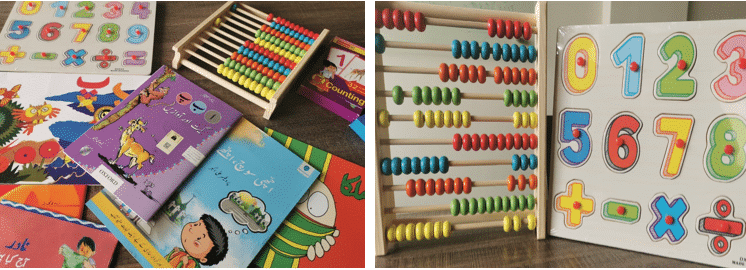
With CAI support, a team of educators is developing student learning packets designed to build literacy and math skills for children in grades 1-3. Their teachers will receive tablets preloaded with an academic calendar, lesson planning tools, supplemental content from the distance-learning radio program, and assessment tools to measure student progress. More than 3,000 children and teachers are earmarked to receive the packets and tablets later this summer. We’re excited that despite the challenges that children continue to face while schools remain closed, distance learning is proving to be a viable, effective solution.
Looking ahead
With COVID cases surging in the region, schools will likely remain closed for the foreseeable future. Given the risk that children, especially girls, who experience gaps in their education are less likely to resume their studies, we’re exploring additional ways to continue to support remote learning. We’re looking at the feasibility of expanding distance-learning programs to more grade levels and possibly more geographic areas. Providing educational programming so that girls can continue to learn is one of the best ways to keep them—and their families—focused on staying in school.
Stay tuned for news about our next wave of innovative support in the weeks and months to come. In the meantime, know that your steadfast support is bringing hope to thousands of families and children at a dark time, and allowing us to stand together with them to fight this global crisis. Thank you. We couldn’t do what we do without your support.
